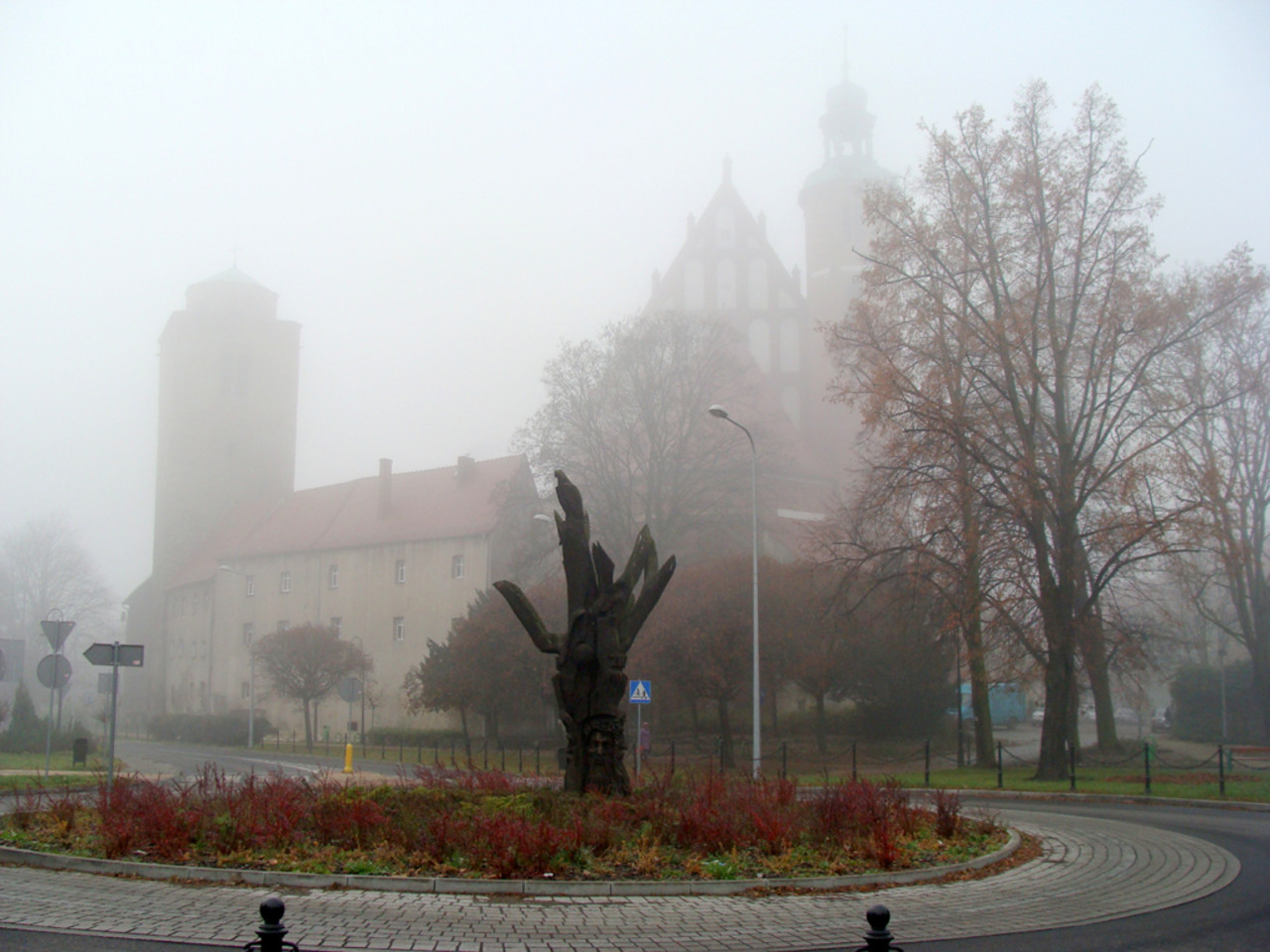Relaxation Therapy
What is the point of relaxation?
The level of leisure, especially in the context of Relaxation Therapy, is to realize a state of mental and bodily calmness and peace. This course of includes lowering stress and nervousness, thereby enhancing overall well-being.
Relaxation Therapy focuses on teaching people techniques similar to deep breathing, progressive muscle rest, and visualization. These strategies help to activate the physique's natural relaxation response, counteracting the results of stress.

Moreover, rest can improve sleep quality, enhance immune operate, and op improve emotional resilience. By fostering a tranquil state, people can achieve a better perspective on their challenges, making it easier to cope with daily life.
Ultimately, the point of rest isn't just to feel higher in the moment, but to domesticate long-term well being and well-being through common practice.
What is the purpose of the relaxation response?
The goal of the comfort response in Relaxation Therapy is to promote a state of physical and emotional ease. This response encourages members to release tension and stress, resulting in enhanced well-being and tranquility.
Key Objectives of the Comfort Response
Through guided techniques, similar to deep respiration, visualization, and progressive muscle rest, the comfort response focuses on:

- Reducing nervousness: Alleviating feelings of stress and selling a peaceful mental state.
- Enhancing bodily leisure: Encouraging the body to enter a state of restful alertness.
- Improving mental readability: Allowing for clearer considering and better decision-making.
- Fostering emotional resilience: Helping people handle their emotional responses to challenges.
Overall, the consolation response serves as a foundation for attaining rest and restoring steadiness in each mind and physique.
Is rest a CBT technique?
Relaxation is not a standalone technique within Cognitive Behavioral Therapy (CBT), however it might possibly complement CBT strategies. Here’s how relaxation methods match into the CBT framework:
Incorporating Relaxation in CBT
- Stress Reduction: Relaxation methods assist cut back stress and anxiousness, making it easier for people to have interaction with CBT practices.
- Enhancing Focus: A relaxed state can enhance focus and focus during therapy sessions.
- Emotional Regulation: Learning to relax can assist in managing feelings, which is a crucial facet of CBT.
Common Relaxation Techniques Used
- Deep Breathing Exercises
- Progressive Muscle Relaxation
- Mindfulness Meditation
- Visualization Techniques
In abstract, while rest is not a core technique of CBT, it plays a supportive function in enhancing the effectiveness of cognitive-behavioral practices.
